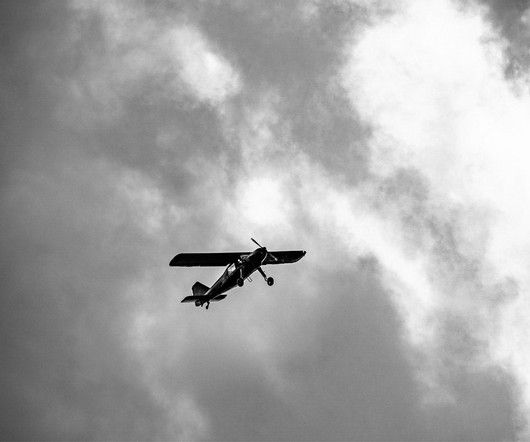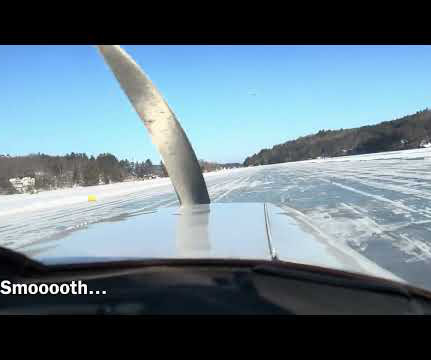Accident Briefs—June 2025
Plane and Pilot
JUNE 15, 2025
Witness statements and recorded video showed that during the takeoff roll from the 5,500-foot-long asphalt runway, the airplane accelerated slower than normal, used more runway than normal, and lifted off the runway in a nose-high attitude. It climbed about 300 feet above ground level while flying a left traffic pattern back to the runway.











Let's personalize your content